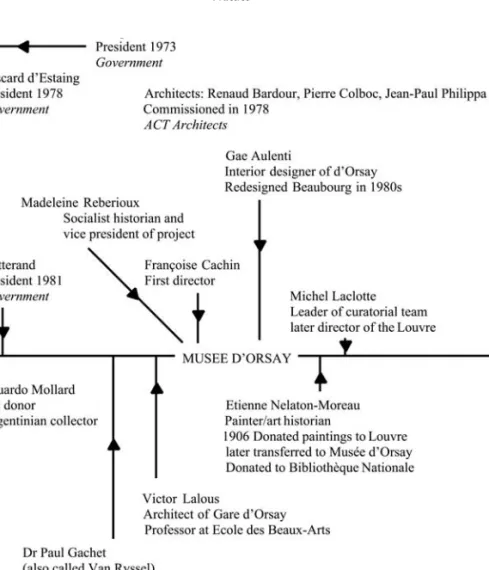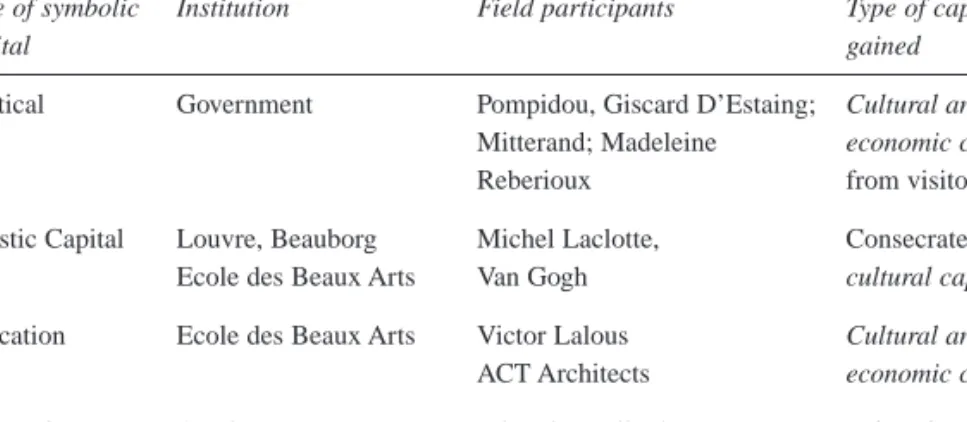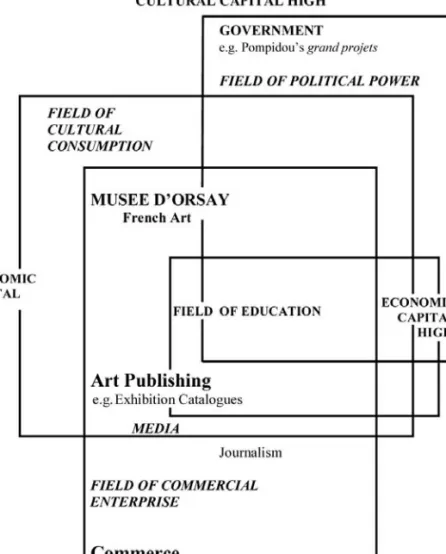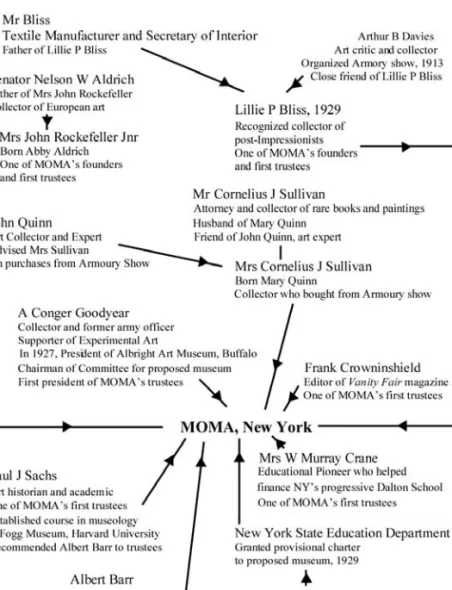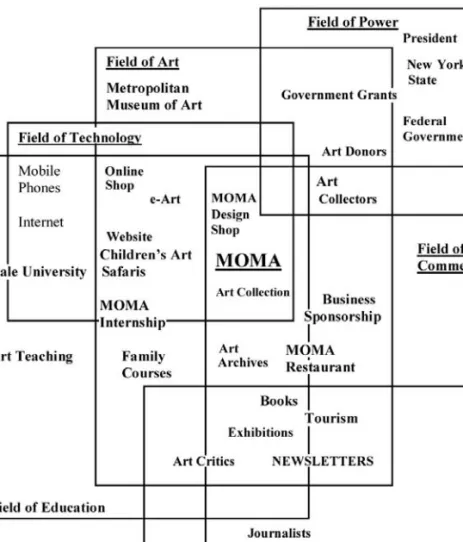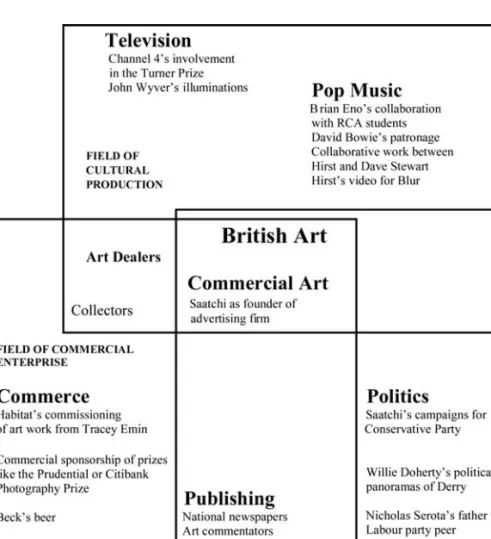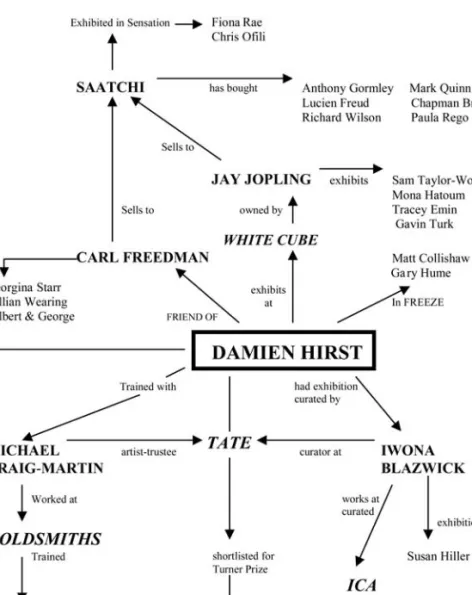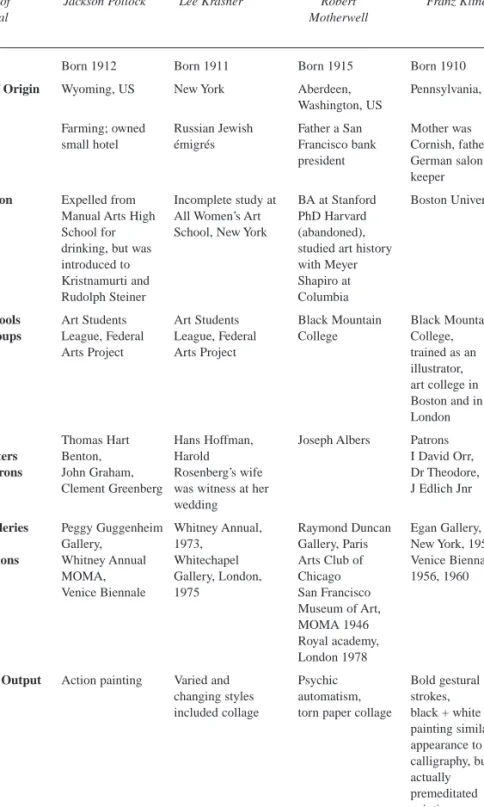British Library Publication Cataloging-in-Publication Data A catalog record for this book is available from the British Library. Printed by Avocet Typeset, Chilton, Aylesbury, Bucks Printed in the UK by Biddles Ltd, King's Lynn.
List of Tables and Figures
Introduction
In these publications we see a much broader discussion of artistic practice: the nature of aesthetics, artistic groups, the formation of the avant-garde, technique and the social role of artists. It begins with a tour of the literary fields in France in the second half of the nineteenth century. Therefore, we offer proposals for an account of how the artistic market works - the book is subtitled Genesis and Structure of the Literary Field.
Bourdieu shows how their individual and combined practice must be understood in terms of the 'rules' that govern them. We discuss some of the main philosophical antecedents of his epistemological theory of practice before presenting the theory of practice itself. It aims to offer a series of concluding remarks about the visual arts in terms of theory and practice examined in the rest of the book.
Modernist and postmodernist perspectives are addressed, emphasizing questions of method and approach in light of the practical applications discussed in Chapters 4–6.
Theory
A Brief History of Theory
What we do know is that this decade was pivotal in the development of the modern nation-state of France. The fact that this book was published in the year in which the 200th anniversary of the French Revolution took place is not without significance. Here men and women were held tightly in the bosom of the community they inhabited.
A similar distinction between the old and the new world can be found in his account of the bachelor farmers of his own home village in the Béarn (see 2002b, but based on work and publications in the 1950s and 1960s). Bourdieu was also always openly irreligious in the conventional sense of the word. Many of the ideas in this book will be discussed in detail in subsequent chapters.
It is necessary to understand Bourdieu's work in terms of the social forces of the time that produced him.
Aesthetics and the Visual Arts
There is thus a kind of ontological complicity between the way people think and the state of the social field. In other words, artists themselves have an interest in the functioning of the art field. Modern art, for example, is only understandable in relation to the state of the art world itself.
A modernist narrative would see art in terms of a movement toward refined expression and technique, the revelation of the muse, and the social function of art. Rather, a transcendent sense of aesthetics is primarily produced within the very structure of the artistic field of production. In The Rules of Art (1996a/1992) he is inspired by the French author Gustave Flaubert.
Finally, the individual origin, background and path of the artists should be examined in terms of what.
Practice
Museums
In other words, the characteristic visitor to a museum depended on the nature of the collection on display. Here, again, is a demonstration of the correlation between educational capital and cultural practices embedded in the fabric of the field. In other words, what can be achieved through an art museum is a transformation of the individual configuration of capital - the habitus.
But what is the position on the ground of the museum itself as an institution that works at the national and international level. In 1973 the Pompidou government made plans to turn the building into an art museum. The amount of symbolic capital accumulated in these reconfigurations is prey to field conditions.
In the case of the Musée d'Orsay, Parisians are able to achieve social and cultural initiation within the local area through their association with the museum. The national and arts press, parliamentary commissions and the finance minister were involved in negotiations. A further ingredient in Tate's strong field position was financial capital drawn from commerce and industry through its earliest sponsor, Tate.
Originally, his collection was created by redeploying the existing national collection at South Kensington and the National Galleries. From the outset Tate had an active acquisition policy and sought to buy works by younger British artists, perhaps Figure 4.4 The establishment of the Tate Gallery. For the first decade, the Royal Academy had control of the Tate's acquisition policy through the Chantrey bequest.
MOMA itself flourished, benefiting from the expansion of the symbolic capital of its trustees and their artworks, as well as the boost this gave to the cultural capital of its exhibitions. 1 million – a clear indication of the dominant position in the socio-economic field of individuals associated with MOMA. Each of the art museums discussed has characteristics unique to that museum in the particular configuration of its economic and symbolic capital and its positioning on the ground.
Barker (1999) argues that most visitors to the Musée d'Orsay are 'at least moderately wealthy', as they are mainly tourists interested in the canon of nineteenth-century art.
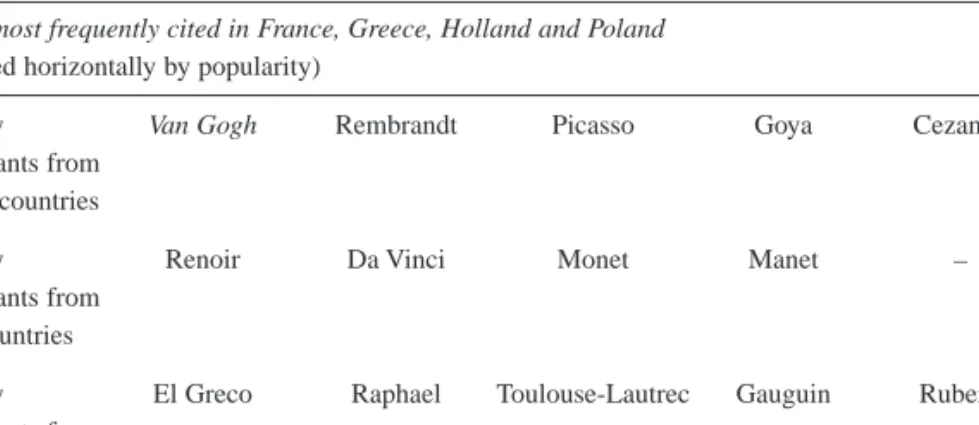
Painting
In other words, Bourdieu claims that a 'science of art history' is needed in contrast. The emergent style of the logic of this practice was immanent in the content and form of painting. For Bourdieu, the answer to this question must lie in the social conditions of the time itself.
Changes in social structures, both within and outside the field of painting, produced the forces necessary for change. The structure of the artistic field, and the way it changes, is graphically illustrated by Bourdieu in The Rules of Art (1996a/1992:) Any writer's account of the field demonstrates how they perceive its socio-cultural structures and their basis for value-setting within for the field of British art in the 1990s.
They represent both the taking of a position within a field and the personal construction of the relative positions of others within the same field. Such goals are intrinsic to the world of art and the functioning of the field of artistic production. A number of other factors are important in placing the field of British art in the field of power.
The next level of analysis looks at mapping the field of contemporary British art itself. Rather than providing an impersonal "map of the field," Figure 5-4 uses the artist Damien Hirst as an anchor. First, as Figure 5-5 shows, the intertwining of the power field with the field of artistic production was particularly pronounced in this time and place.
Only a third of the group had attended European art schools (eg Académie Colarossi in Paris). What does this analysis teach us about the structures of the field of artistic production in post-war New York? Fenton's photographic career shows important enduring features of the photography field itself: the changing relationship of photography to the visual arts;
In the decades that followed Fenton, technological invention, global exploration, and war were dominant features of the socioeconomic field.
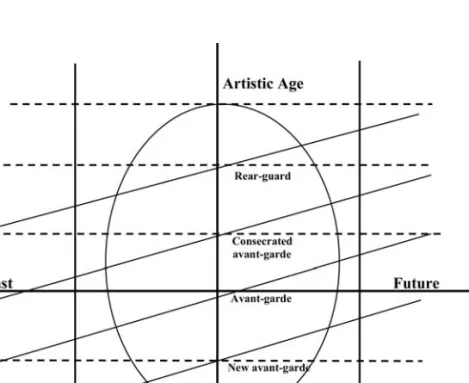
Visual Arts in the Twenty-first Century
Back to the Future
Not only does that 'something' have to fill their place, but the very function of the new form has to change. This opening of the 'individual' sphere can also be seen in the socio-political sphere, with the Declaration of Human Rights and modernist universals such as equality, freedom and progress. In other words, such individualism also resonated with the belief in 'self-worth' that was so evident in the emerging middle classes of the time.
In this context, art moves beyond the realm of the gifted – the artist – and becomes an activity in which everyone can be involved. Bourdieu even expressed growing concerns about the role of the media and their insatiable demand for novelties, the dramatic and the controversial. And in this way, the nature of artists as both dominant and dominated is most clearly expressed as "dominated members of the dominant class."
Of course, art – museums, photography and painting – is part of the field of cultural production, which is a large field, including the media (television, radio, newspapers), the entertainment industry (music, theatre, books) and culture in general. (fashion, lifestyle). Bourdieu illustrates the power of the pervasiveness of neoliberal commercialism through the case of housing. In this book we have attempted to ground 'art rules' in changes in society and culture of the eighteenth and nineteenth centuries - the birth of modernism.
After Kant, aesthetics is no longer just concerned with the question of the "objectivity of taste" - for example, who cares and is it legitimate. We have argued that art and aesthetics developed in the nineteenth century in a way that can be seen as resonating with the principles of the modernist era visible in both economics and the socio-political system, and in systems of thought such as Kant's . In terms of art as such, the independence of the artists themselves and their freedom of artistic expression are first put forward.
We have seen with some of the artists presented in this book that this question comes up a lot in their work. His work focuses not only on philosophical issues, but on the language of the discourse itself.
